Welcome,
Parents
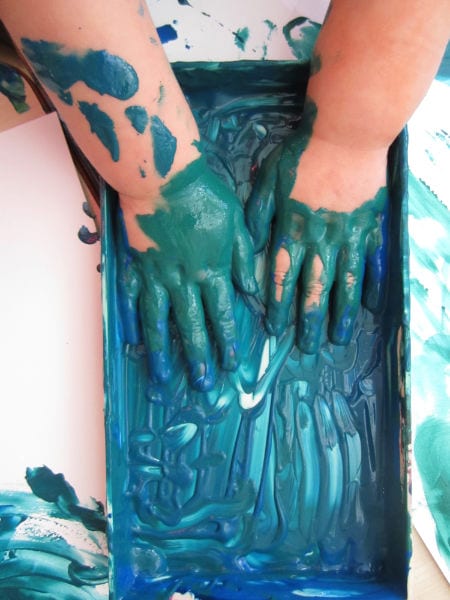
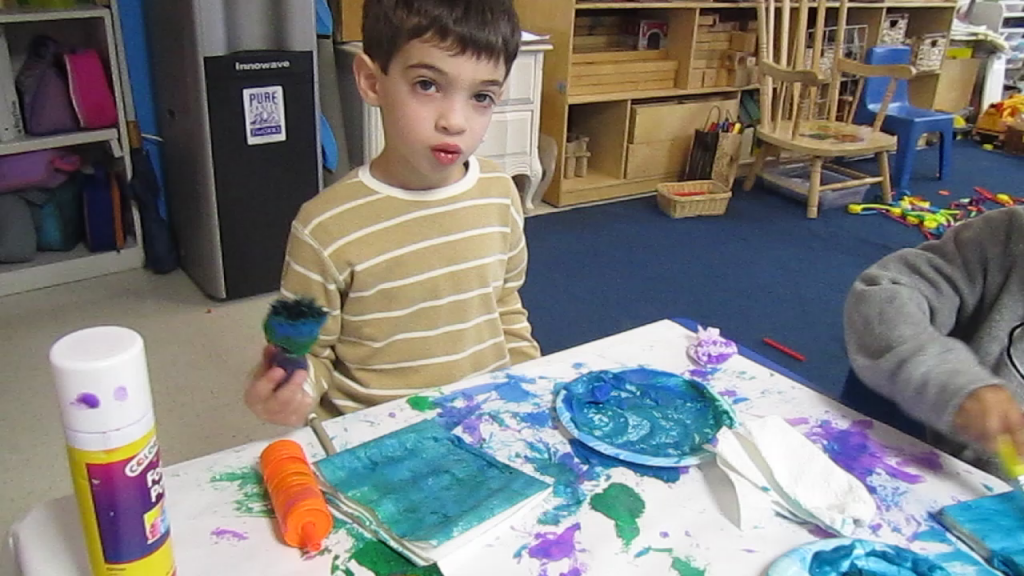
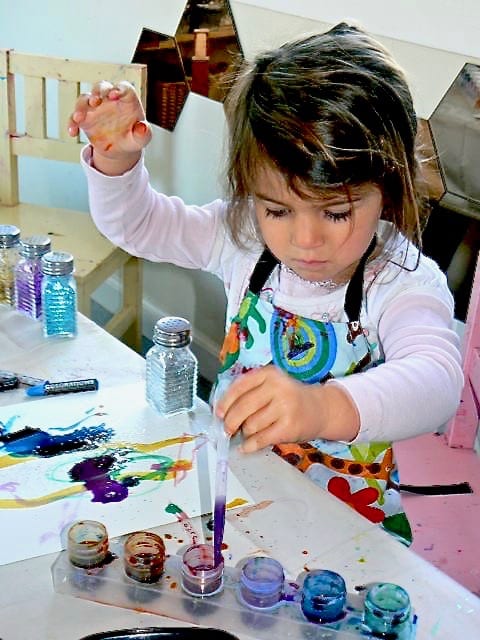
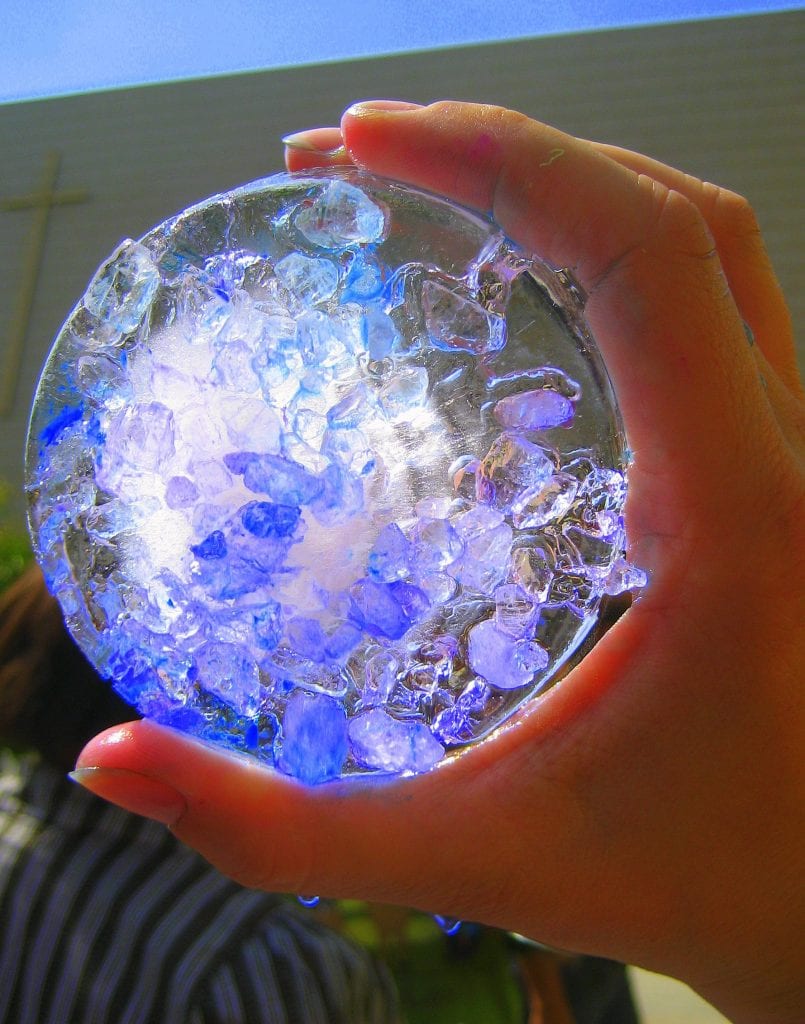
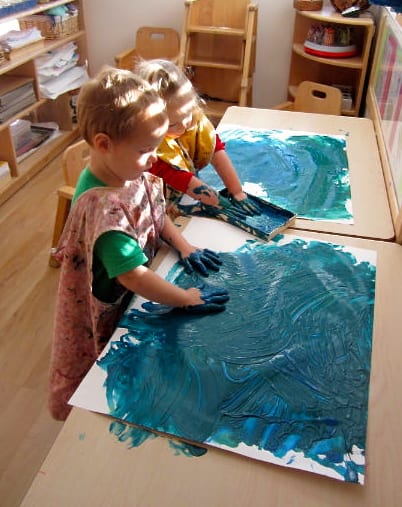
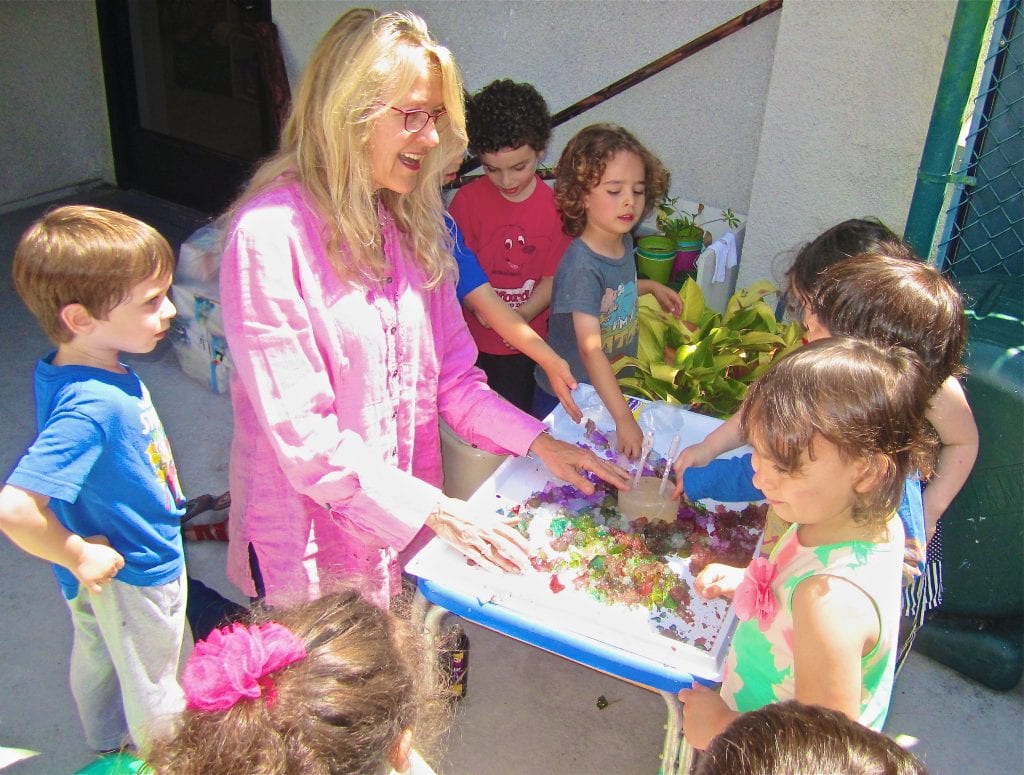
"Why Do Our Children's Brains Crave Art?"
Art offers children FREEDOM – the complete freedom of choice, thought and feeling.
- How important is art in a child’s cognitive development?
- What does a picture tell us about the artist that created it?
Our Children’s art can be considered many things depending on who interprets it.
To a parent, art can be a display of their child’s imagination. To an educator, it’s a teaching tool. To a psychologist, a way to understand a child’s behavior. To a grandparent, a way to connect. To the child, their art is fun, a way to make decisions, and express choices – somewhere they can explore who they are as people without the influences of the busy world around them.
“Every child is an artist. The problem is how to remain an artist once he grows up.” – Picasso
Picasso was impressed by the spontaneity of children’s art. Child art, like most child behavior, is direct and uncensored, but it also gives us a direct window into how they are actively processing the world around them.
Artistic expression is an act of genius? Are children more creative than adults?
Let’s explore:
A young child doesn’t critique their work – they paint freely and with pleasure, enjoying the motor experience of moving paint over paper and watching lines, shapes and colors come to life. Don’t you wish you could experience that magic again? Most of us do.
Sensory focused CreativePlay puts your child in the “drivers seat” and provides ultimate freedom of exploration as they learn, play, and grow. Capture your child’s full creative potential:
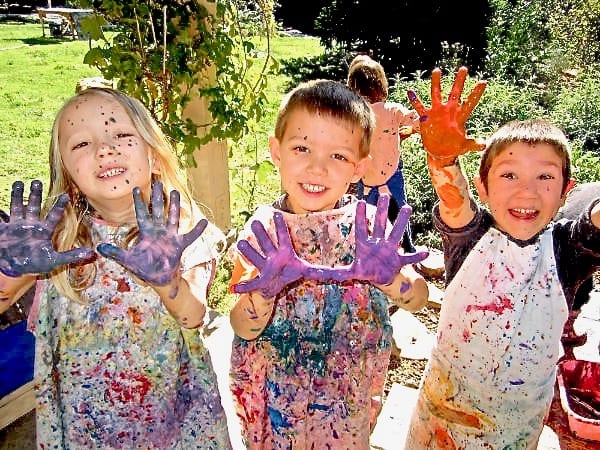
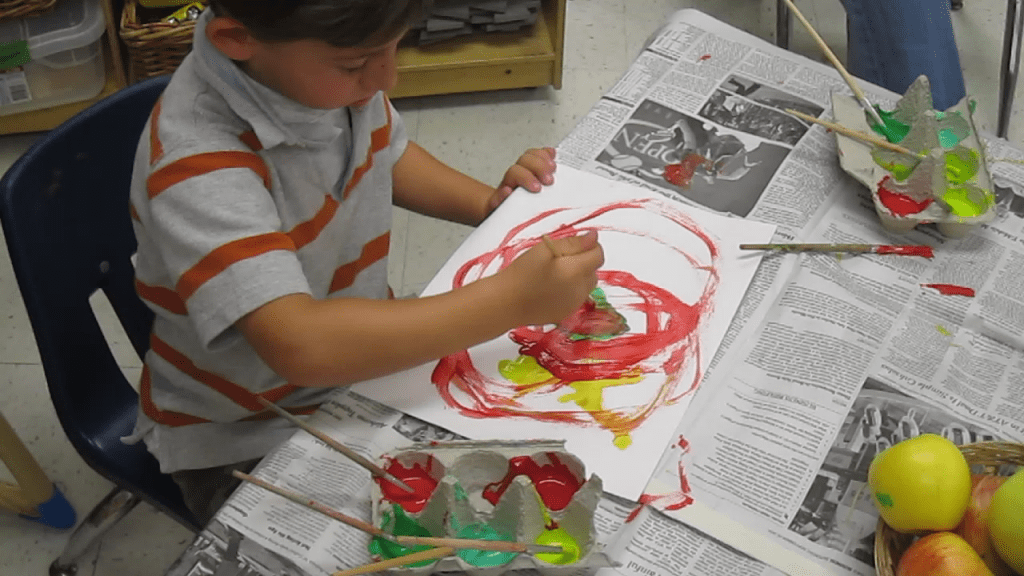
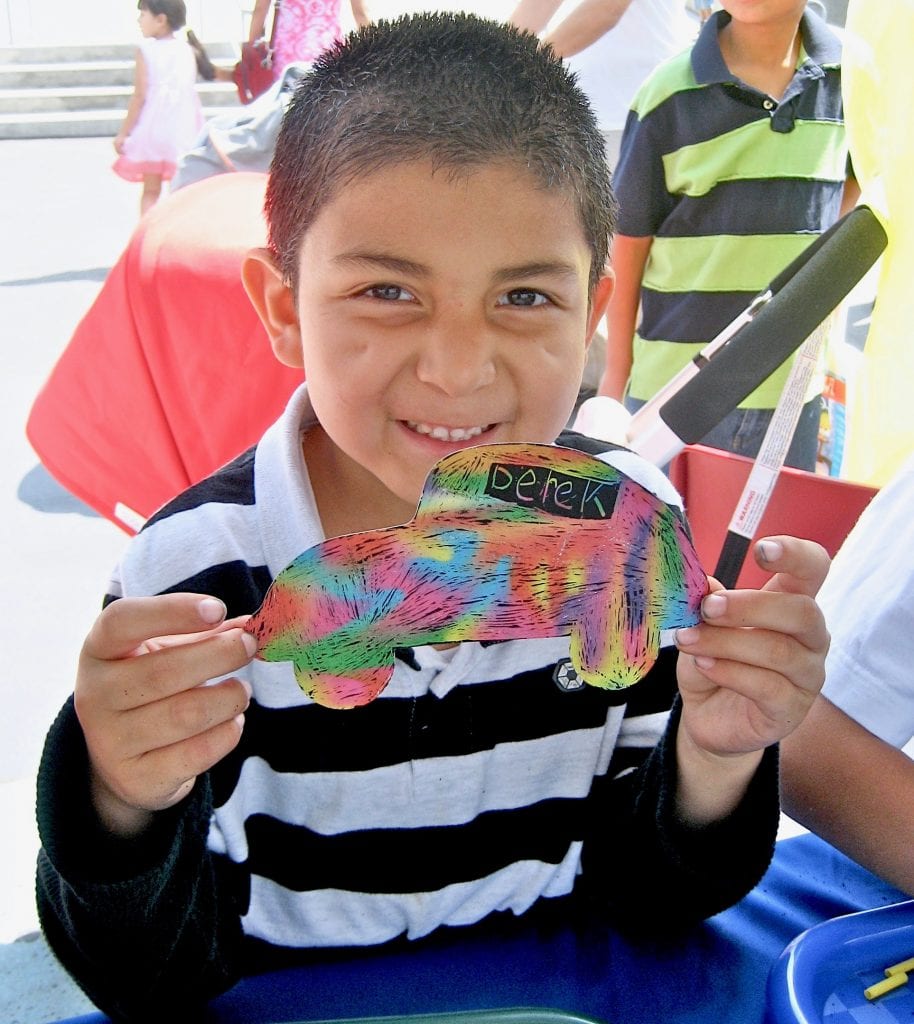
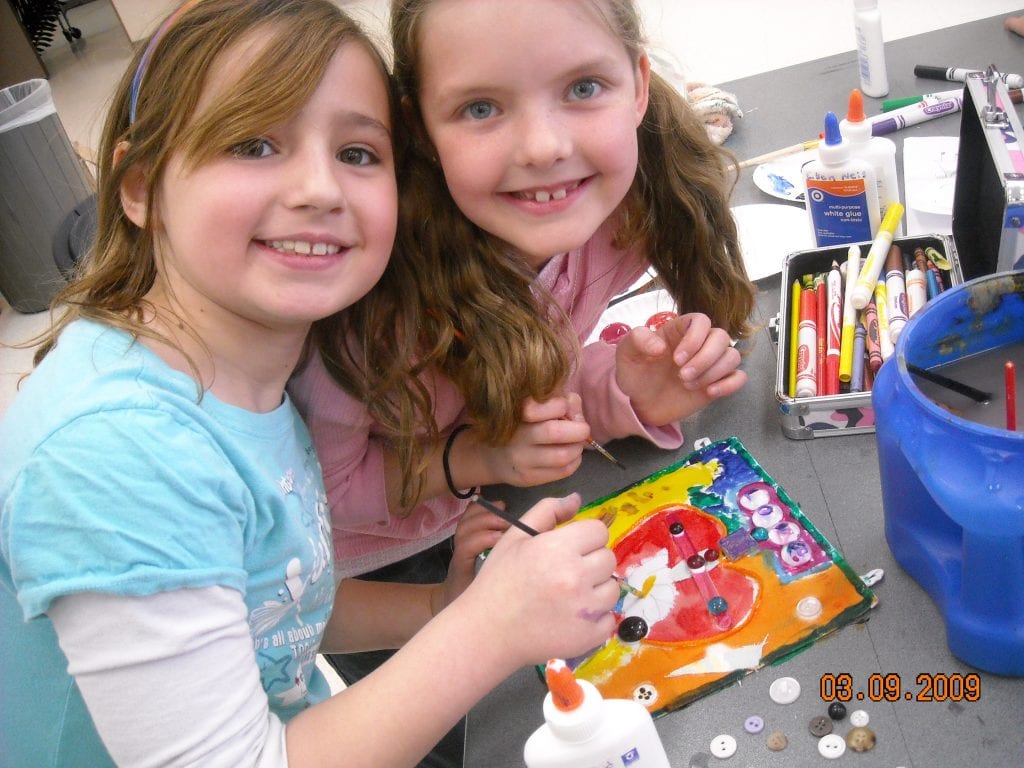
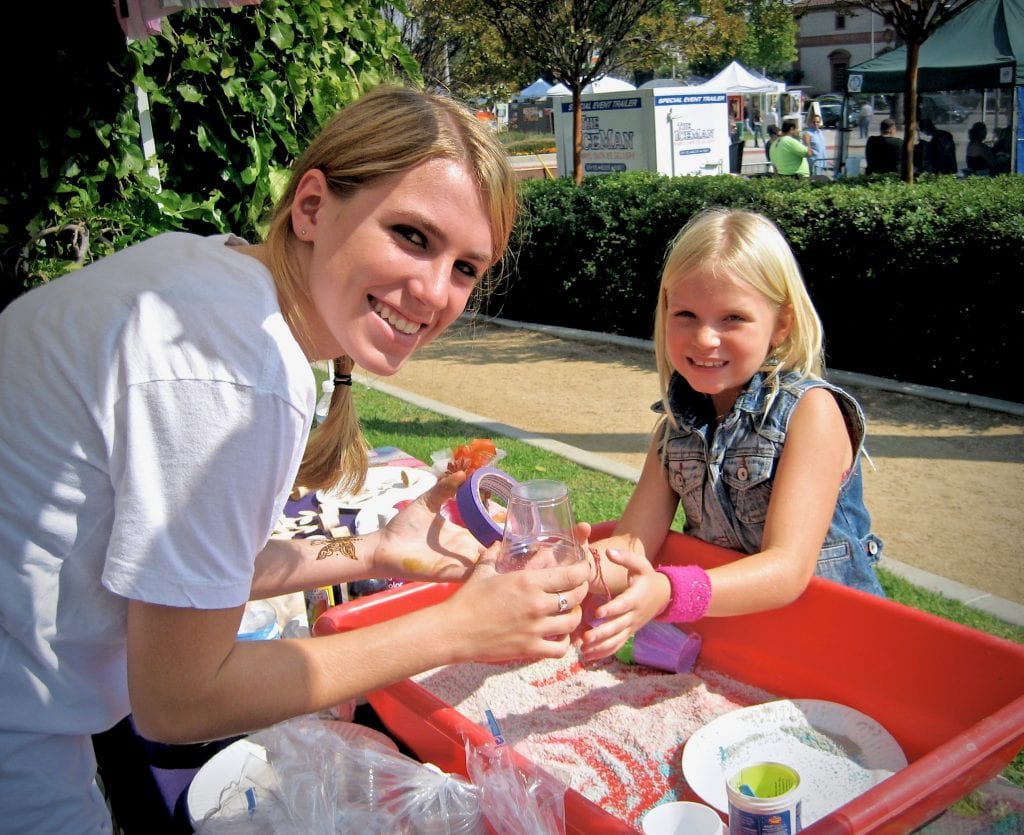
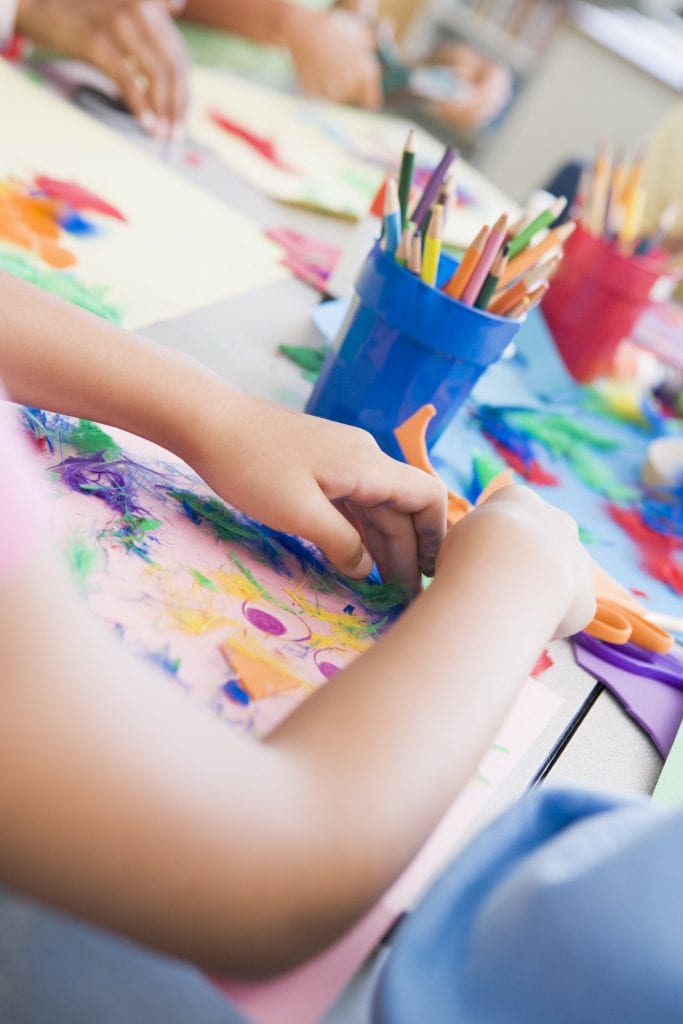
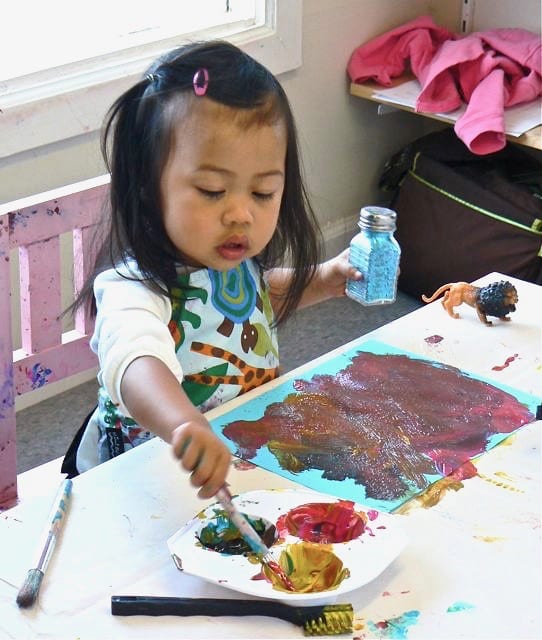
How Can Parents Nurture Their Children’s Creativity at Home?
Research shows that parent involvement in continued education is positively related to learning and achievement, not just now but for the rest of their children’s lives.
How can parents nurture creativity beyond the classroom? Art can be a wonderful activity for everyone in your home. Parents who understand the value of sensory play are more likely to keep art supplies at home, designate a household area, and become involved in art activities themselves – fostering the benefits to everyone in the family. Imagine the possibilities when Parents and educators work together to nurture creativity.
*What Art is Not:*
To best understand what art is, it’s useful to know what art isn’t. Art isn’t coloring books or handout sheets. Art is not copying or coloring inside the lines. To be art, a work has to demonstrate individuality. Both fine art and applied arts are outstanding for demonstrating individuality – so explore different options to find the activities that are best suited for your artist. Remember, If a child’s project looks like everyone else’s, they are not receiving the benefit of creative sensory play.

